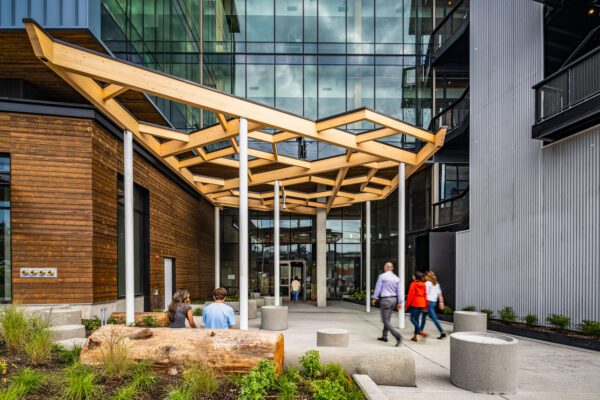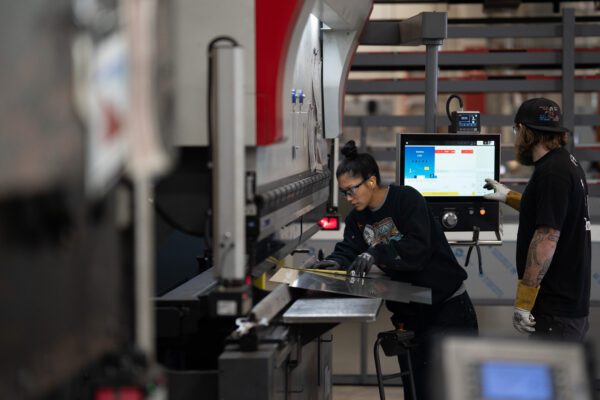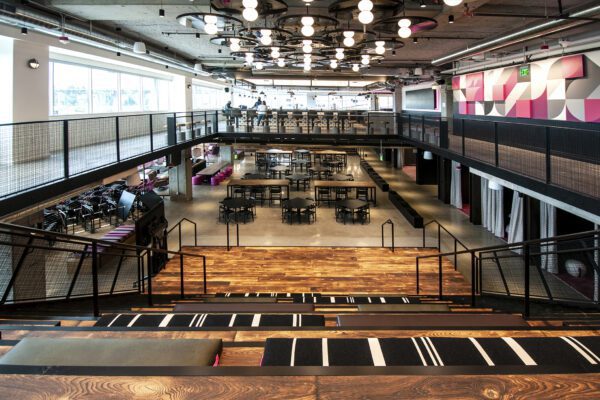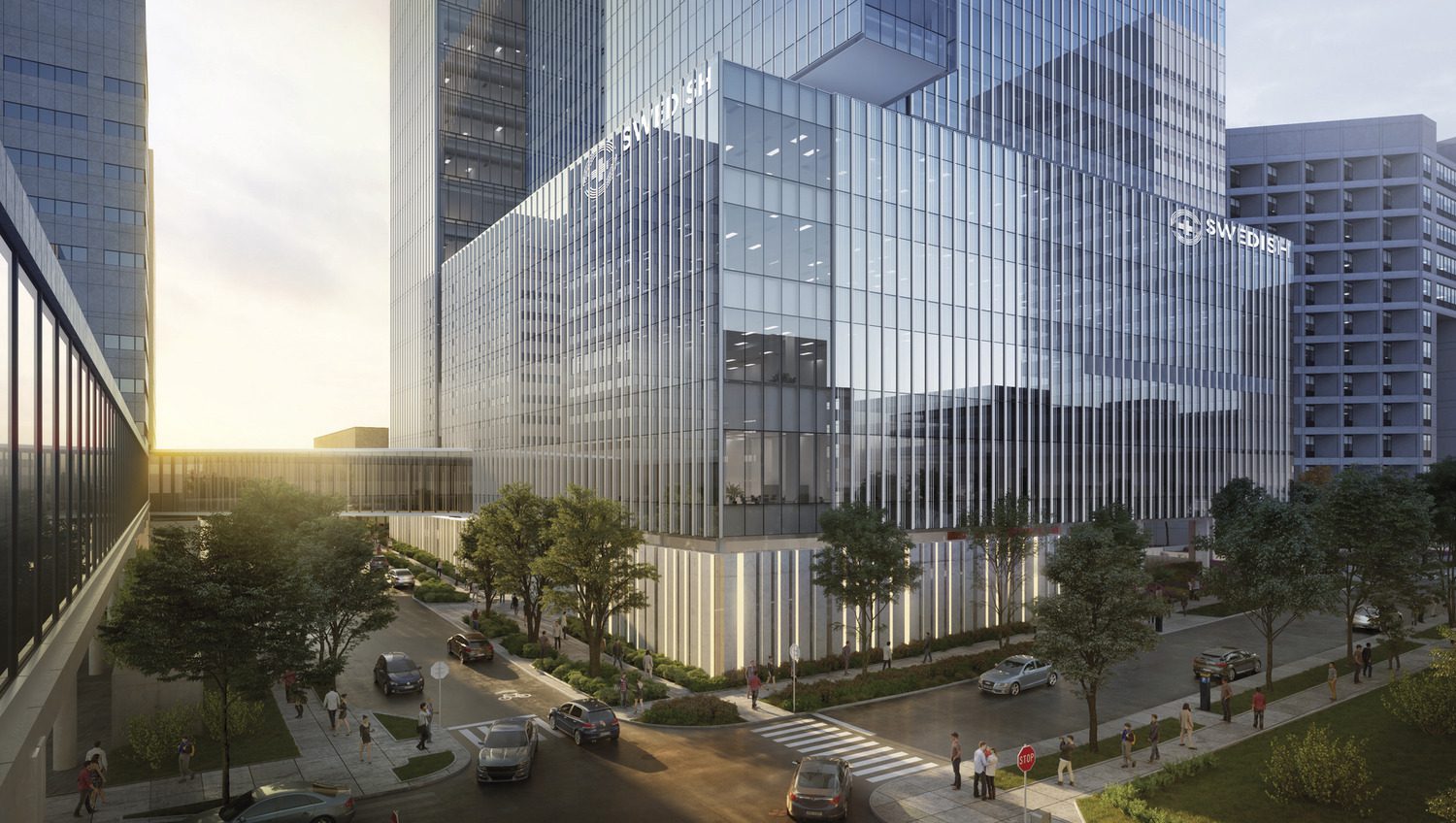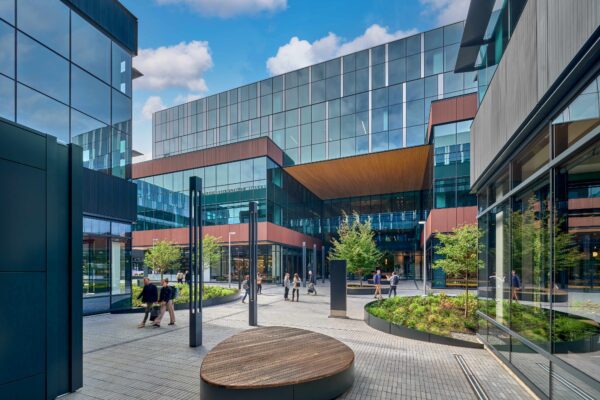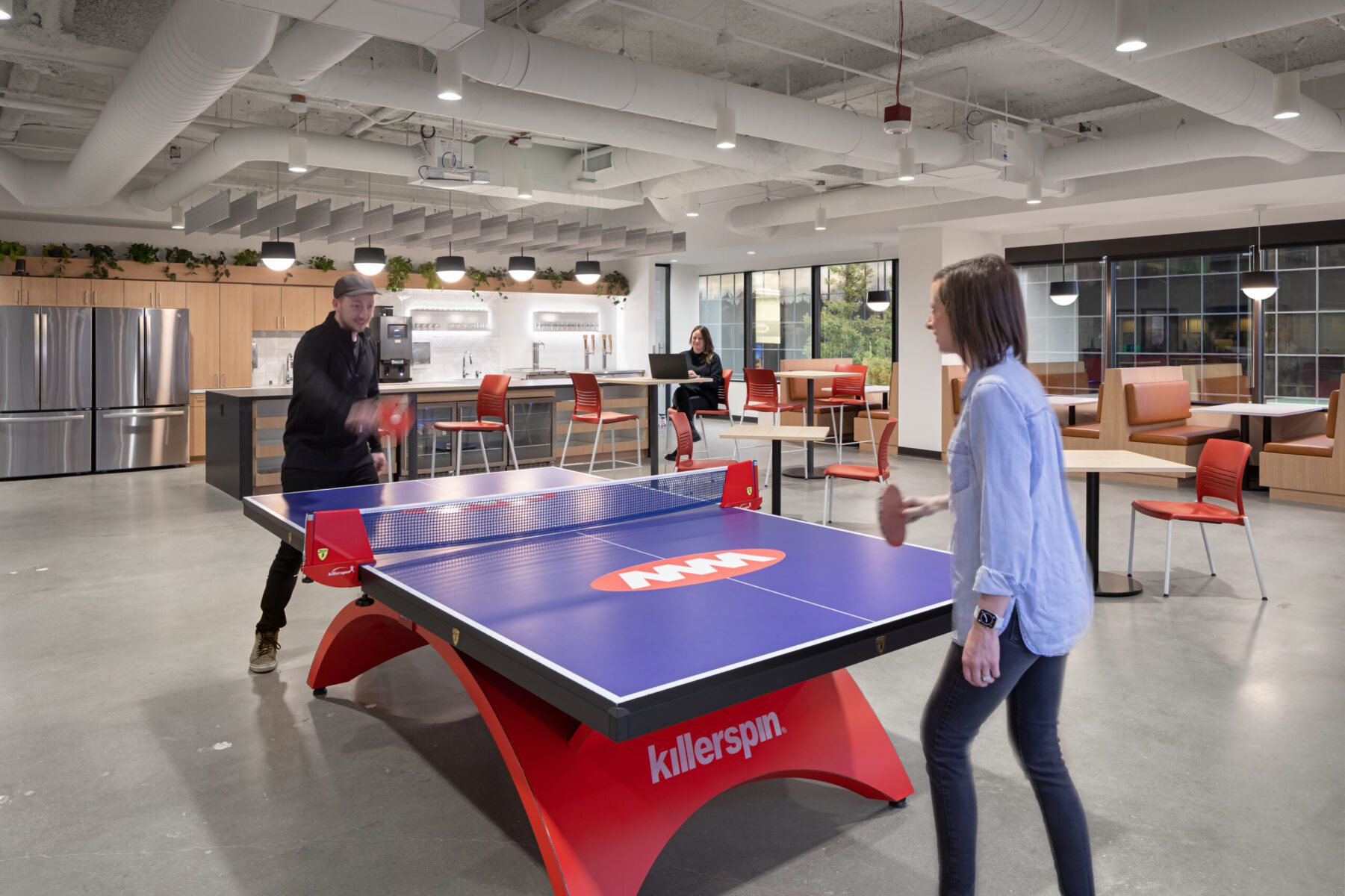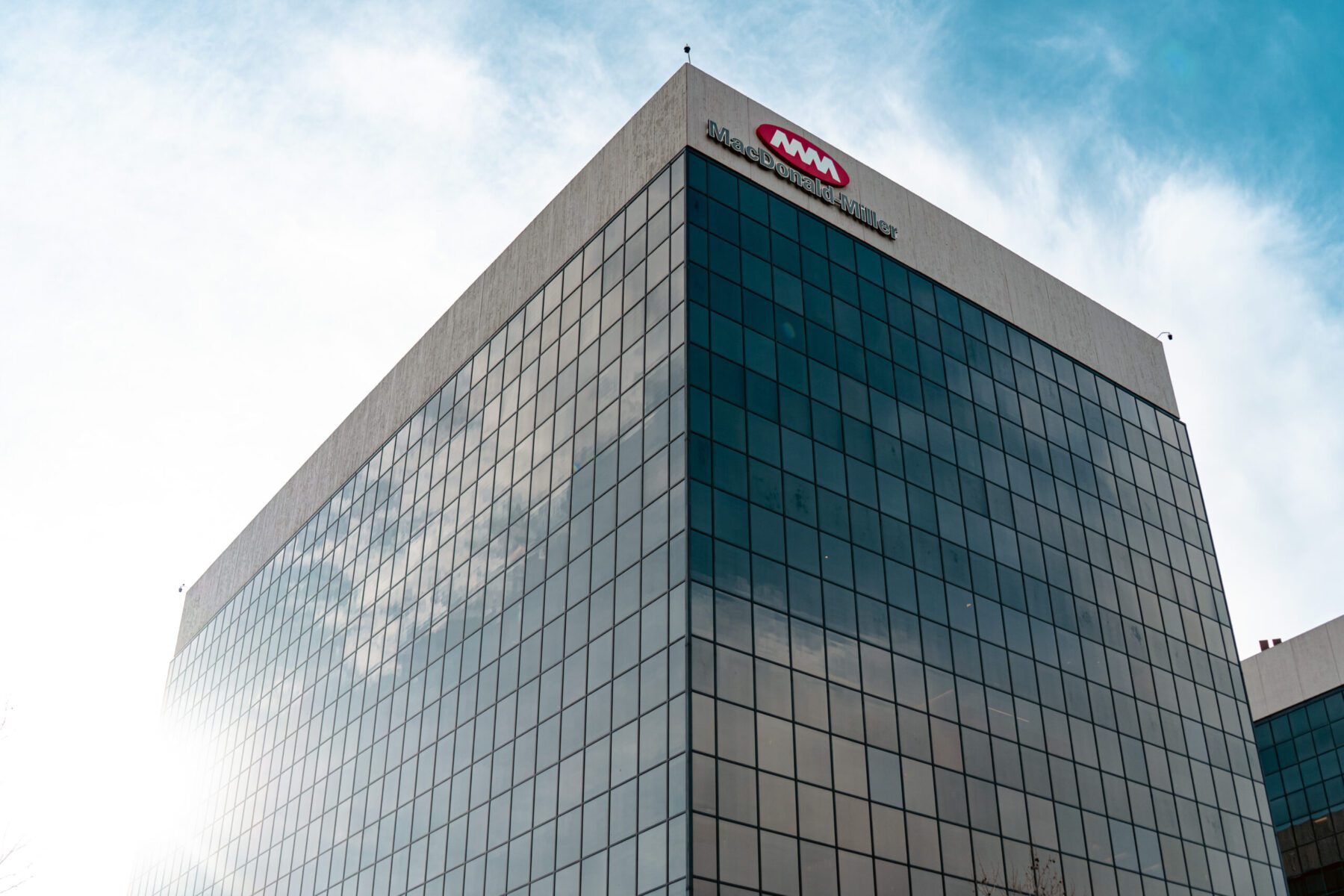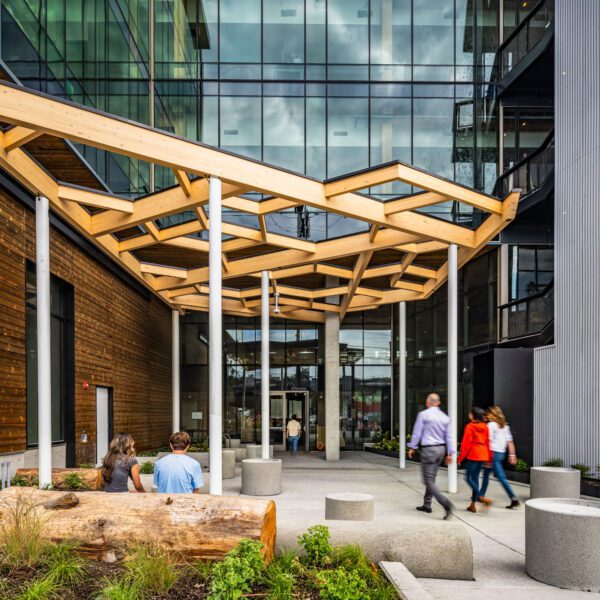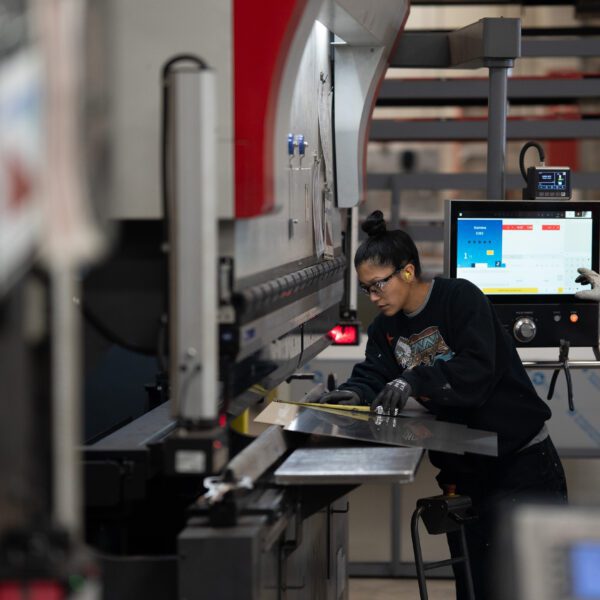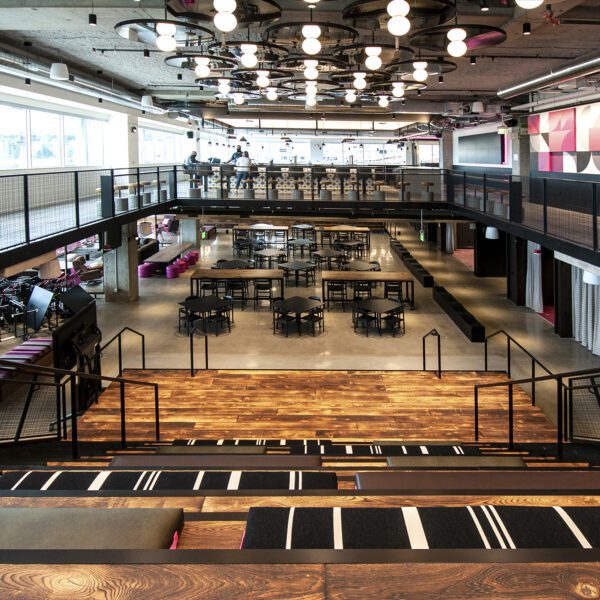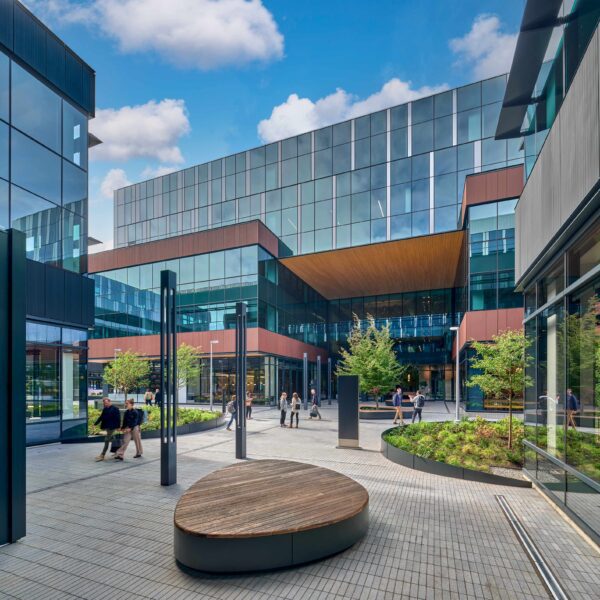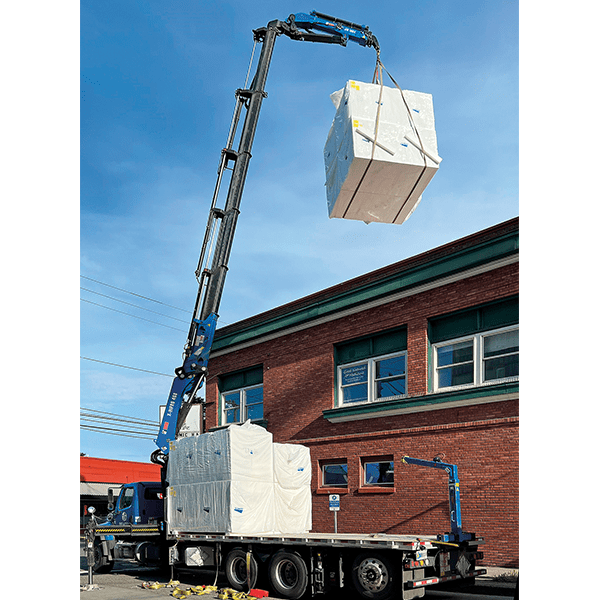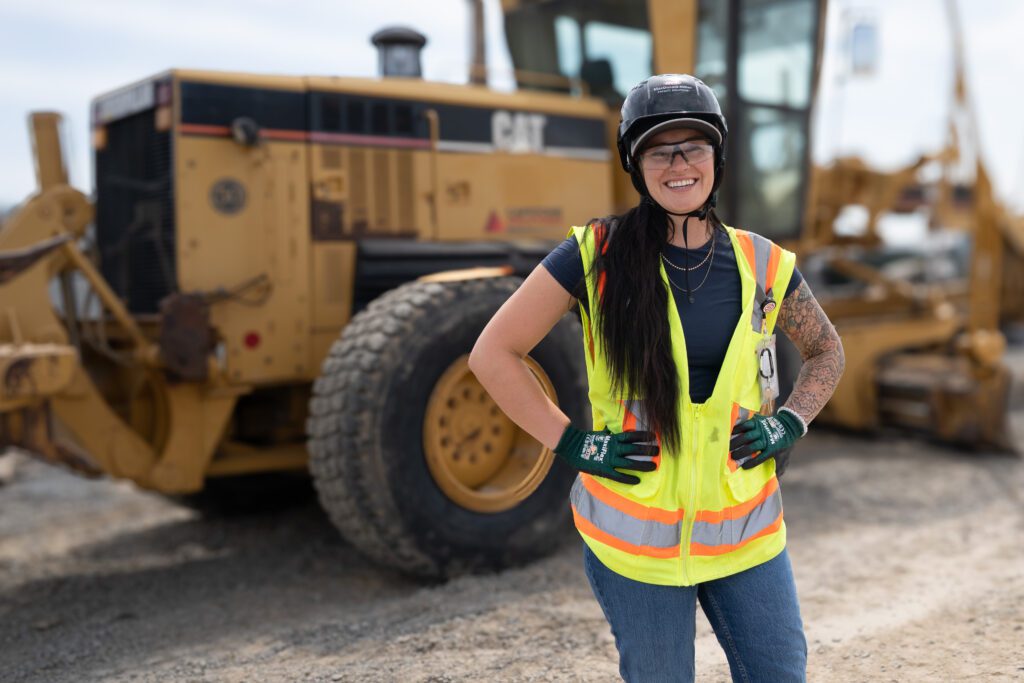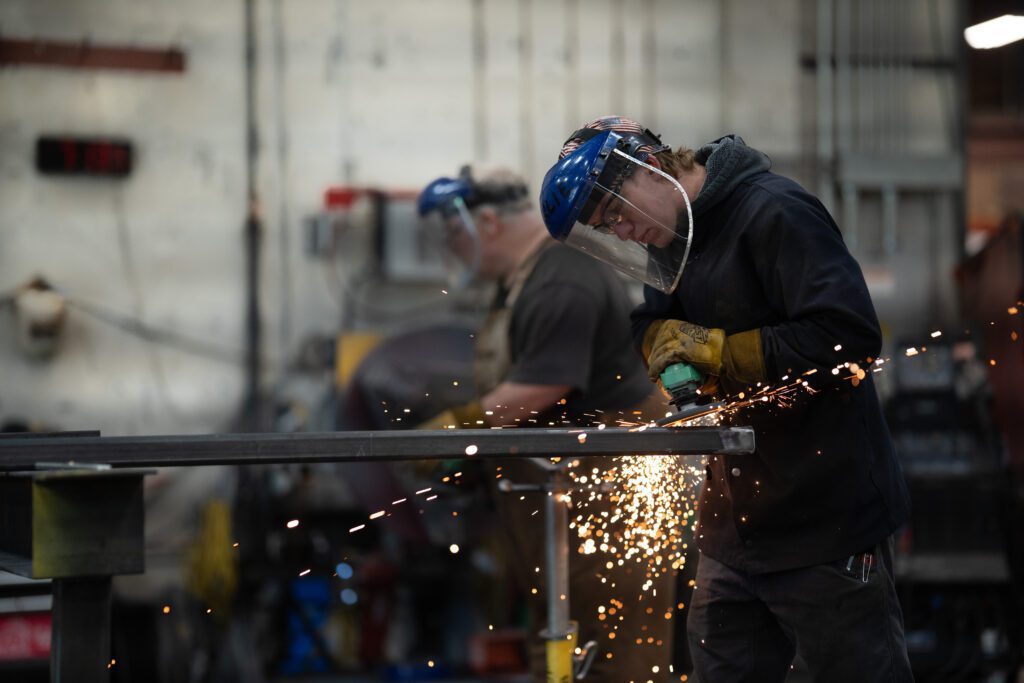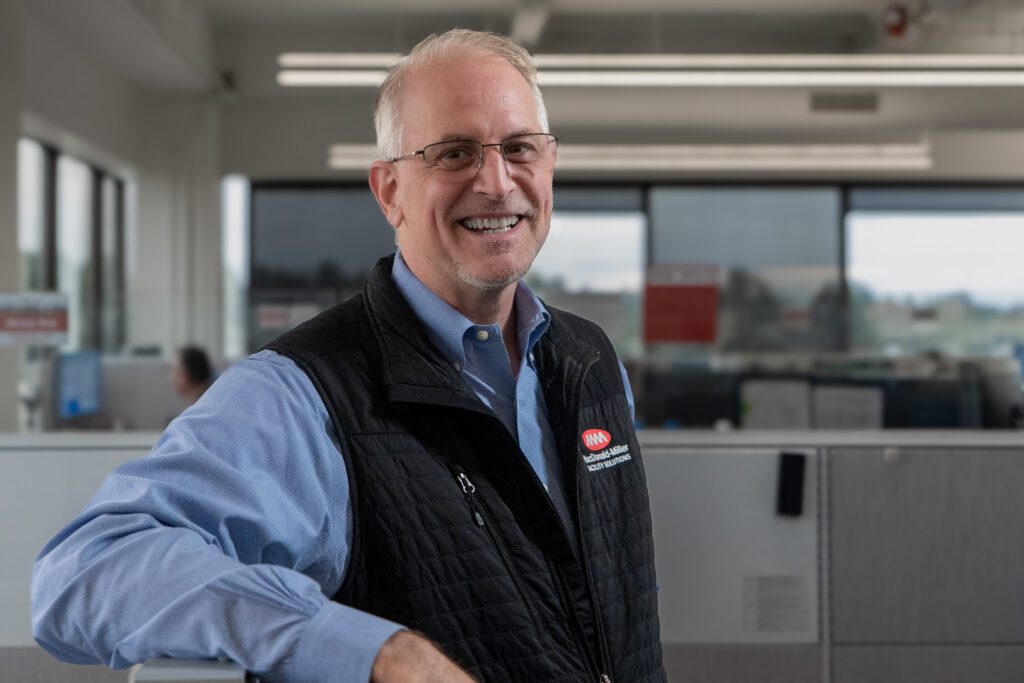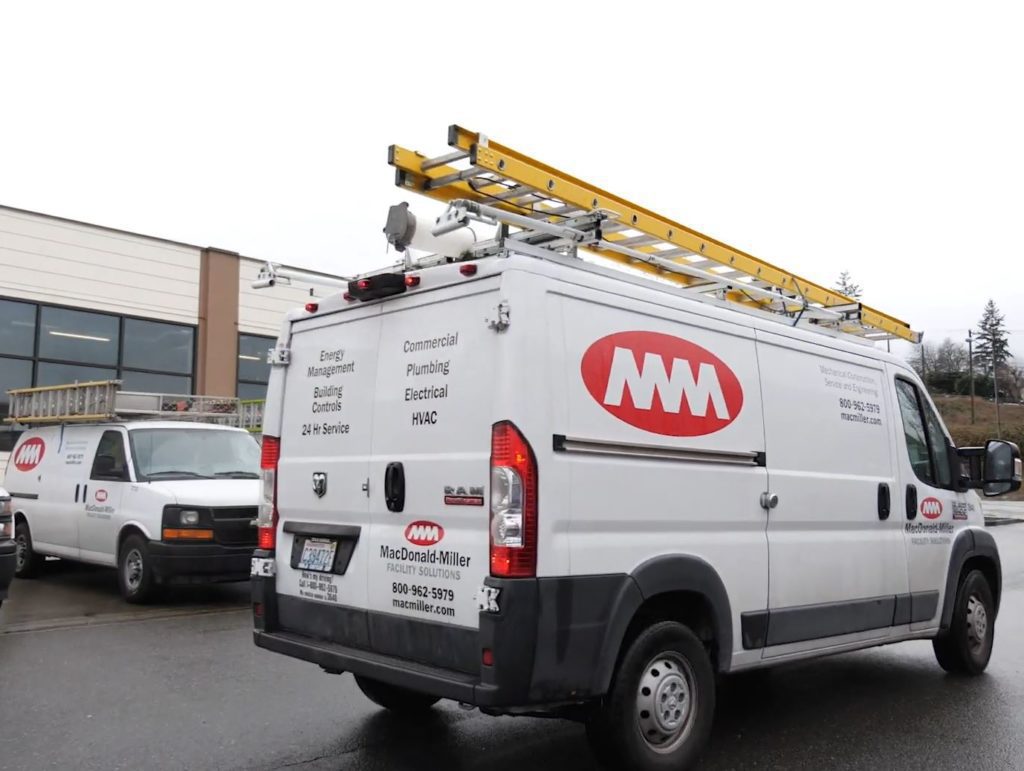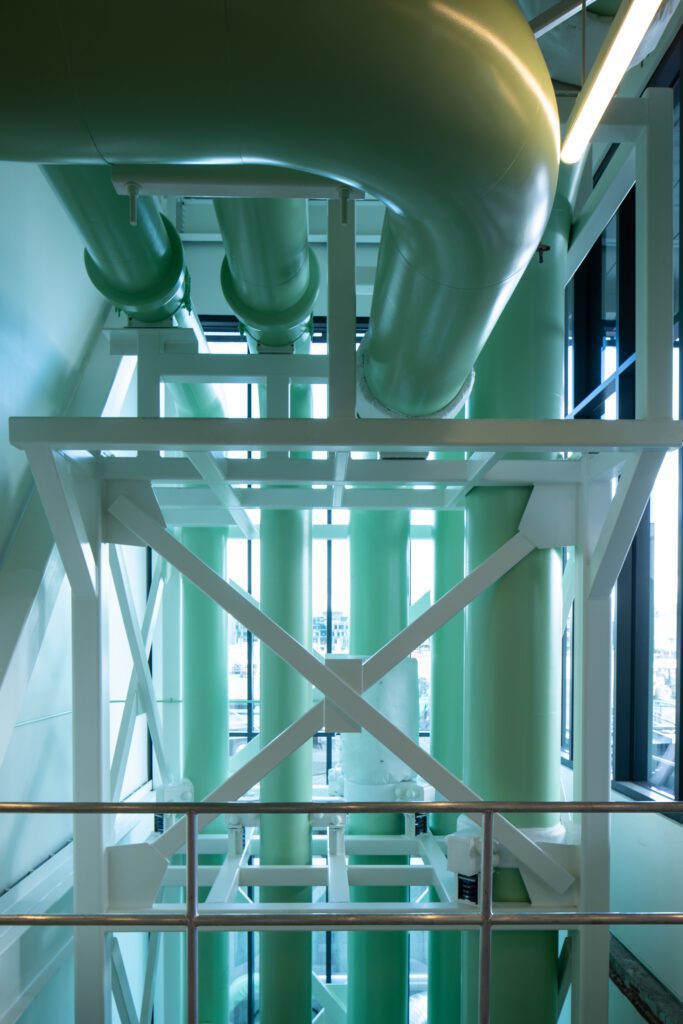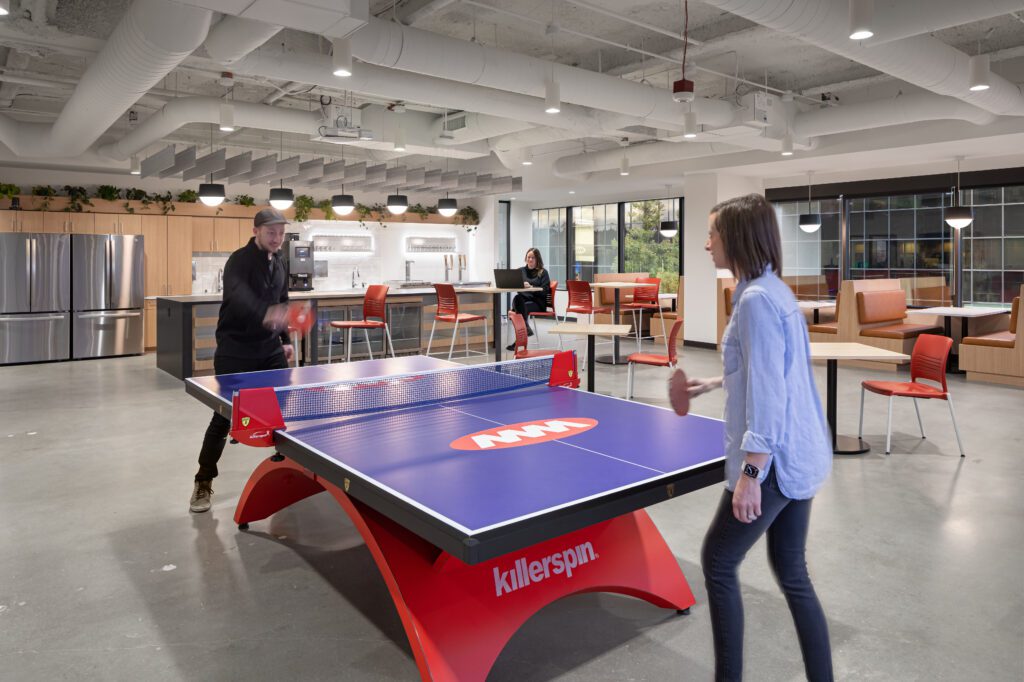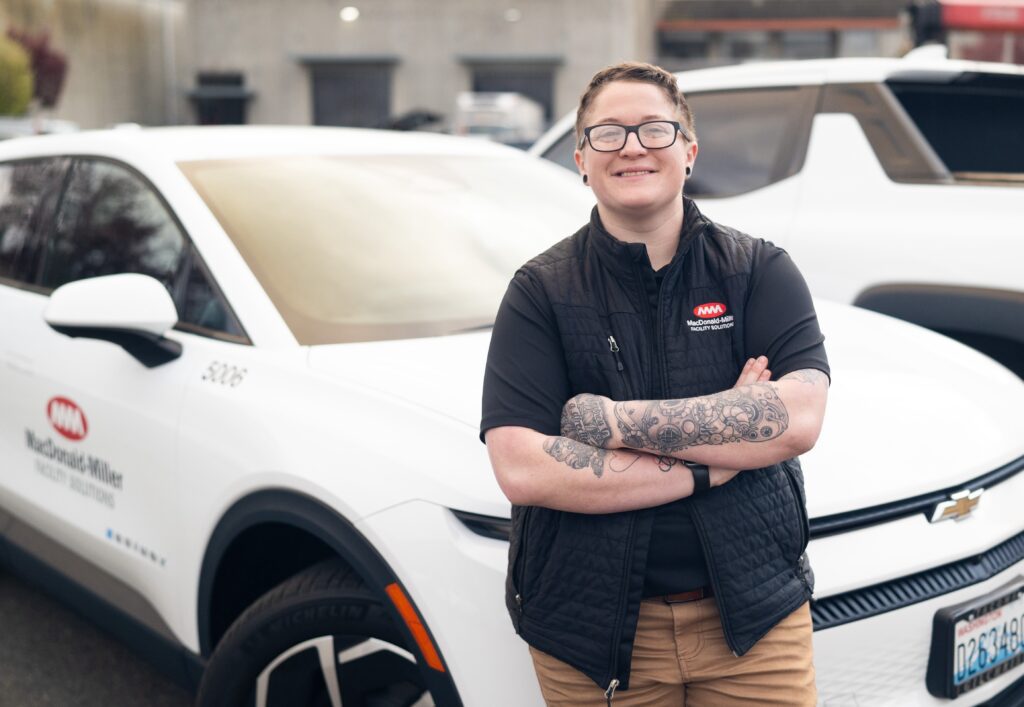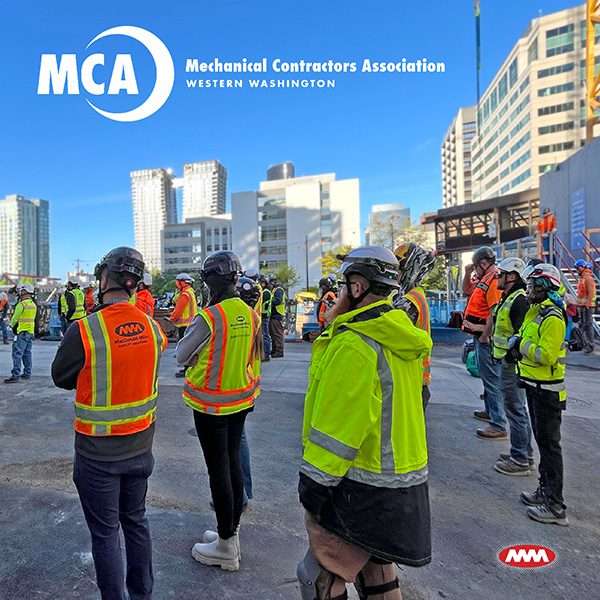Lessons in reducing embodied Carbon 7200 Woodlawn
The expertise of our CSP field team has expanded to facilitate initiatives aimed at reducing embodied carbon, exemplified by our work at 7200 Woodlawn, a two-story, 120-year-old masonry structure situated in Seattle’s Green Lake neighborhood. Termed a “living laboratory” by owner Don Davies, this project served as an opportunity to inquire into and meticulously track the carbon footprint of all materials used on-site.
What is embodied carbon?
While most projects with sustainability goals focus on energy and water conservation, embodied carbon considers energy and fuel use in the manufacture and transport of materials to the jobsite, including jobsite vehicle and equipment emissions prior to occupancy. There are two ways to gather embodied carbon information on building materials:
- Request Environmental Product Declarations (EPDs) from suppliers
- Provide a list of material types and quantities (weight)
As a first step for this project, we requested EPDs from our vendors, of which we received a dozen. If no EPD was available (which is often the case in the industry), we then provided the list of materials for products without EPDs to the team and Don estimated their weights for input into a Life Cycle Analysis calculation.
Why does this matter?
“MEP (Mechanical, Electrical, and Plumbing; A1-A3, excluding refrigerants) systems may contribute roughly 10-25% of a new building’s embodied carbon, and could be 50% or more of the embodied carbon on a renovation,” according to LMN Architects and peer reviewers of Blog #14, Path to Zero Carbon Series.
What is our approach?
As Don recently shared, “We all need plumbing, but there’s no magic carbon neutral system for piping.” For this project, cast iron pipe was chosen for its longevity and durability, as opposed to PVC. It’s no shock that this project prioritizes minimal use of materials like PVC, which is recognized for its adverse effects on human health and the environment. The installation of roof-mounted solar panels will offset a portion of the low energy consumption. This project also uses Variable Refrigerant Flow configurations alongside Dedicated Outside Air System units, but this refrigerant type will be phased out by 2026. Most commercial HVAC refrigerant is high carbon footprint material, even with minimal usage. This raises concerns about pressure-testing and the need to capture and reuse refrigerant gases, which is the focus of WA State Department of Ecology’s Refrigerant Management Program.
The mechanical environment usually focuses on system design that aims to balance emissions during a building’s operational phase. This project gave us the opportunity to think critically about those generated before. Although this approach isn’t yet common, embracing a holistic perspective on the lifespan of a building, from planning and design stages onward, could soon be the norm.
Read more from our latest Perspective newsletter.
